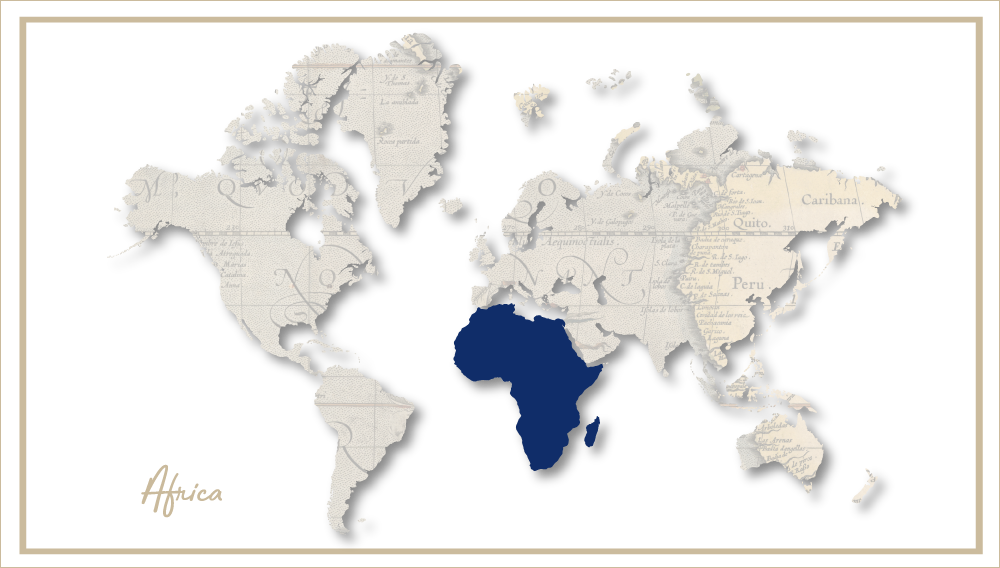SAB's new brewery: postponed but not abandoned
Two years ago SAB, the South African unit of SABMiller, announced it would build a brewery in northern Namibia after it had finally obtained a licence to brew beer in Namibia following a decades long struggle. But to date, not even the ground has been broken. What has held up the project? According to rumour, Norman Adami, the powerful Managing Director of SAB, did not want to see 220,000 hl in production volume go to neighbouring Namibia, as he was still desperately trying to cope with over-capacity at his seven breweries after the loss of the Amstel licence which had accounted for more than 9 percent of SAB’s volumes before April 2007 (when Heineken terminated the licensing contract).
Then were delays in rezoning the land on which the brewery is to be built. Mean-minded critics might argue that SAB purposefully chose a plot of land that was not designed for industrial use in order to delay the project even further.
However, according to unconfirmed reports, these disputes seem to have been solved so construction of the brewery could start next year.
The new brewery on the outskirts of the town of Okahandja will house a 220,000 hl brewing plant, a bottling plant for 750 ml recyclable bottles and a warehouse.
This said, we have heard so many things about SAB's Namibian brewery over the past 18 months and we are still waiting for the all clear, so who really knows when it will be built?
What we know for certain is that the current size of the Namibian beer market is 860,000 hl. SABMiller’s market share is around 22 percent, consisting of beer exports from South Africa.
Mr Adami's opposition to the project has probably waned in the past two years as SAB has been able to win back some of the market it lost in South Africa to Brandhouse (a venture between Namibian Breweries, Heineken and Diageo).
SAB is now estimated to have between 88 percent and 89 percent of the local beer market, up from its lowest point two years ago of about 86 percent.
The total beer market grew over 2 percent in 2010, it was reported.


